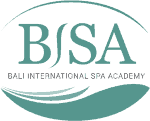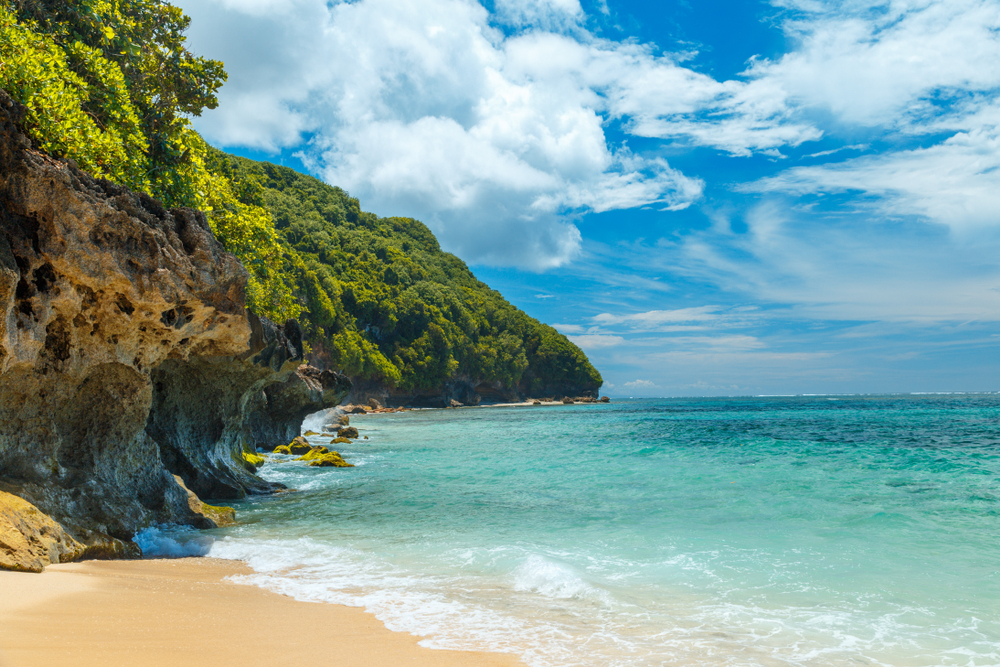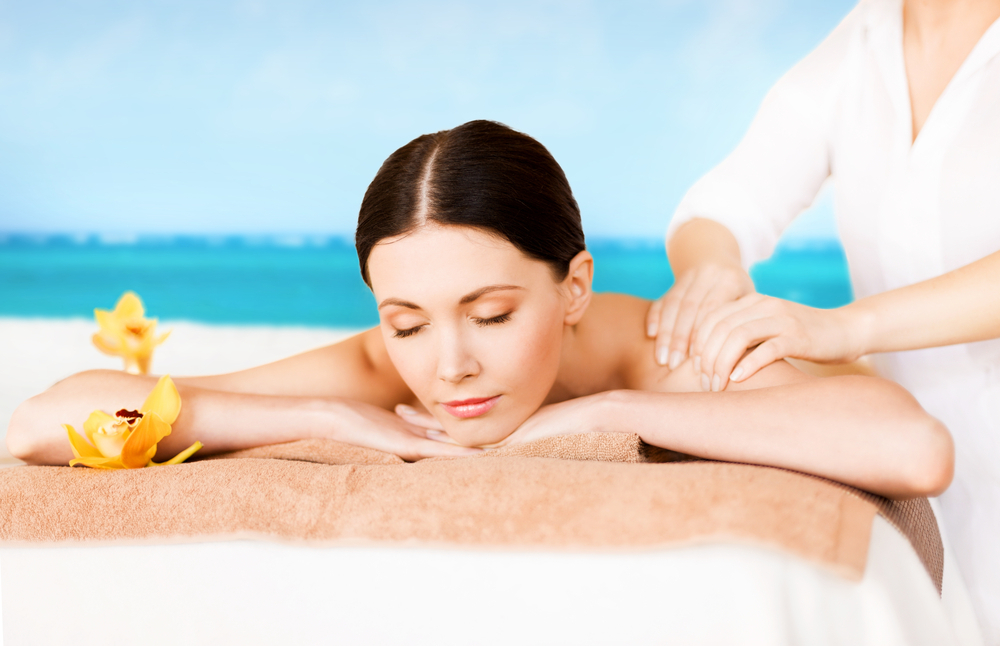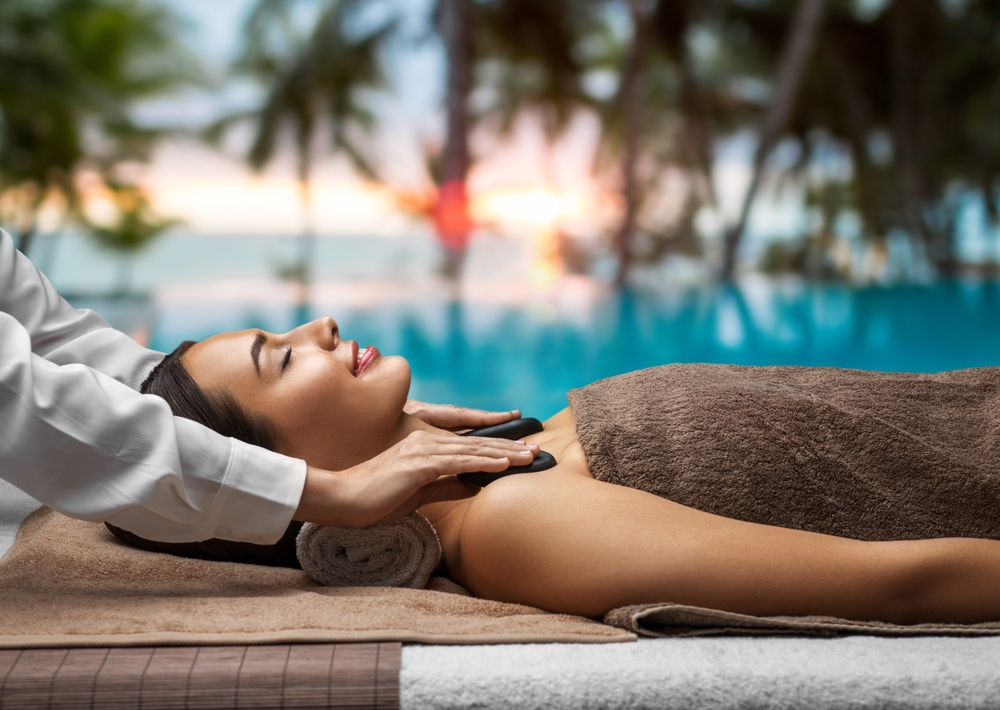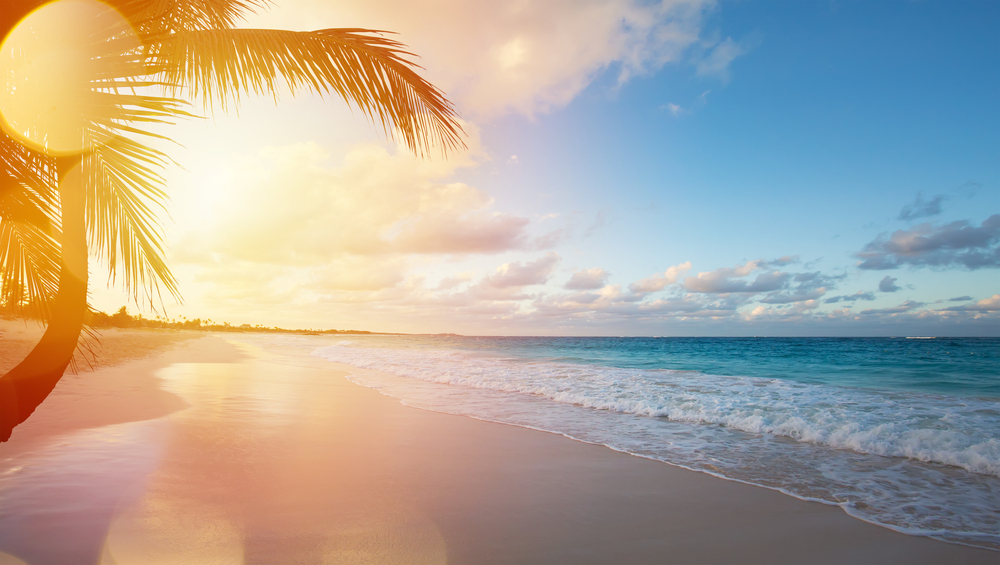
Two Islands, Two Cultures, Two Massages: Hawaiian Lomi Lomi and Balinese Massage, How Do They Differ? Part 2
While Hawaiian Lomi Lomi massage has not been impacted by foreign influences other than adjustments to make it more spa-friendly, Balinese massage in its contemporary format is a diverse collection of ethnic techniques. The original message form originated in the royal palaces of the main Indonesian island of Java, but traders brought their own concepts of wellness that were eagerly embraced. From India came Ayurvedic healing massage techniques, as well as their perspectives on the medicinal application of oils and herbs. Chinese Buddhists brought their bodywork procedures based on acupuncture, acupressure and reflexology philosophies.
When Islam began to dominate most of Java in the early 1500s, many Hindus moved to Bali to ensure their religion would continue to flourish. In their new island home, massage’s primary role was physical relief given that many worked under strenuous conditions, particularly those involved in agriculture.
As more and more foreigners began to arrive on its shores, the Balinese proved adept at adapting their massage manoeuvres to suit the demands of their new clientele who were most interested in massage for relaxation and rejuvenation. As Swedish massage was popularized around Europe, their five core strokes were incorporated into the island’s evolving massage. However, it remained true to its roots as a tonic for sore bodies and thus is still considered a gentle form of deep tissue massage, albeit with firmer pressure applied to sore and stiff muscles.
Despite the reality that today’s Balinese Massage is an amalgamation of global influences; its foundation is still based on the unique Balinese culture which is still fully alive today. The Balinese have a fantastic ability to embrace modern bodywork methods, yet still retain the traditional characteristics of their bodywork practices.
Although Balinese massage is interpreted differently even around the island, the most commonly used strokes are highlighted below;
- Effleurage – sliding or gliding
- Petrissage – kneading
- Tapotement – rhythmic tapping
- Friction – working across the muscle fibres
- Vibration and Shaking
- Crabbing
- Cat Squeeze
- Palming
- Skin Rolling
- Thumb Circles
- Knuckle Slides
- Wringing, Thumb Slide
- Forearm Slide
- Kecak (a unique Balinese dance and music)
- Thumb Walking
- Chopping
Some therapists choose to apply aromatherapy oils to induce further relaxation of the mind and body. Balinese Massage is also sometimes used by specialist sports therapists to treat minor injuries, strained muscles and damaged tissues.
This massage modality is popping up in all corners of the globe due to its therapeutic benefits, and its ability to reduce or eliminate stress.
COMPARISON SUMMARY
Both modalities provide awesome benefits – physically, mentally and spiritually. They share many common restorative and preventative health benefits such as;
- Stimulates the lymphatic, circulatory, respiratory and digestive systems
- Eliminates waste and toxins
- Enhances the immune system
- Increases flexibility
- Improves muscle tone
- Reduces or controls chronic and acute muscle pain
Of course, both can dilute stress and anxiety, reinvigorate the mindset and restore emotional balance. It is almost as if the therapist presses the ‘reset’ button on the body and mind.
These promises can be delivered by intuitive therapists who are well-trained in Lomi Lomi and Balinese massage methods. Yet realistically there will be variations due to physical and mental capacity, as well as aptitude. This is not necessarily bad as savvy experts will add their interpretation to the basics of each massage type and tailor treatments to suit the needs of each customer.
For the person on the massage table, the choice is often up to what massage modality feels right and the long-term results they receive. For therapists deciding which modality to pursue, the situation is the same procedure with which one suits you as an individual. Or there is no reason why you can’t become an expert in both!
Check out Our Balinese Massage Courses :
- 5 Days Traditional Balinese Massage US 600.00
- 10 Days CIBTAC Endorsed Balinese Massage Course US1280.00
Stay Tuned for Our next blog, Coming Soon
Penny Ellis
Founder/ director of Bali International Spa Academy
Email: info@balibisa.com
Website: www.balibisa.com
